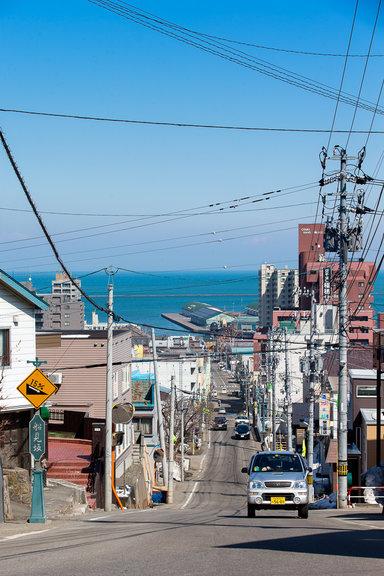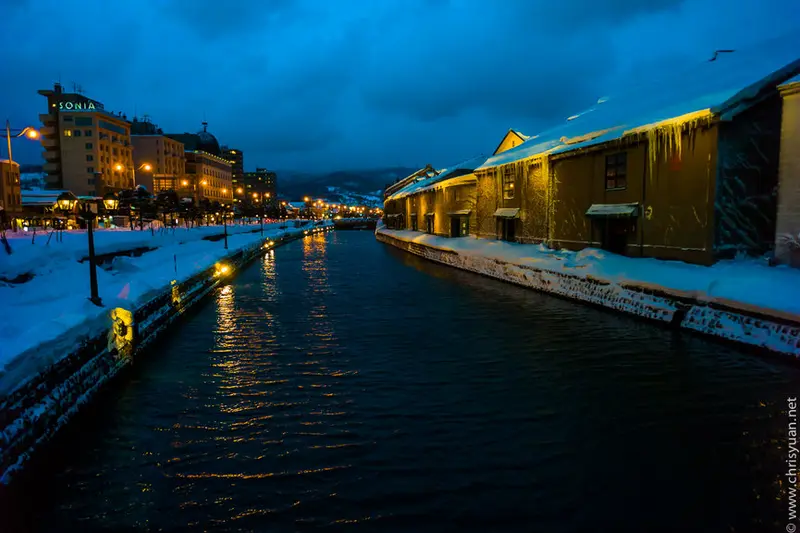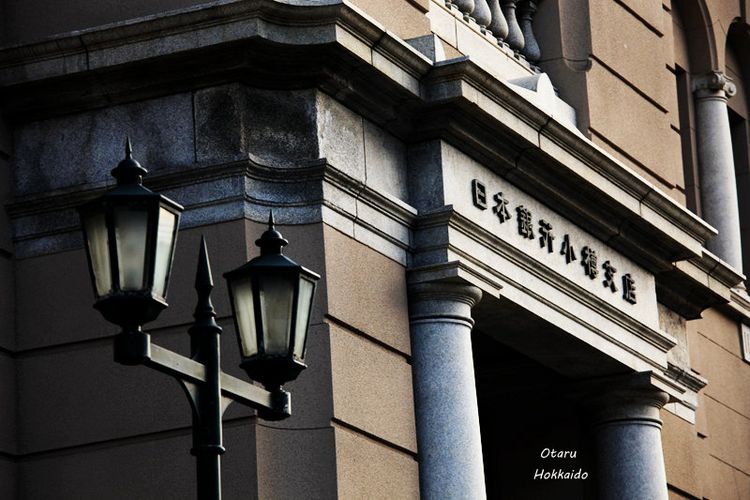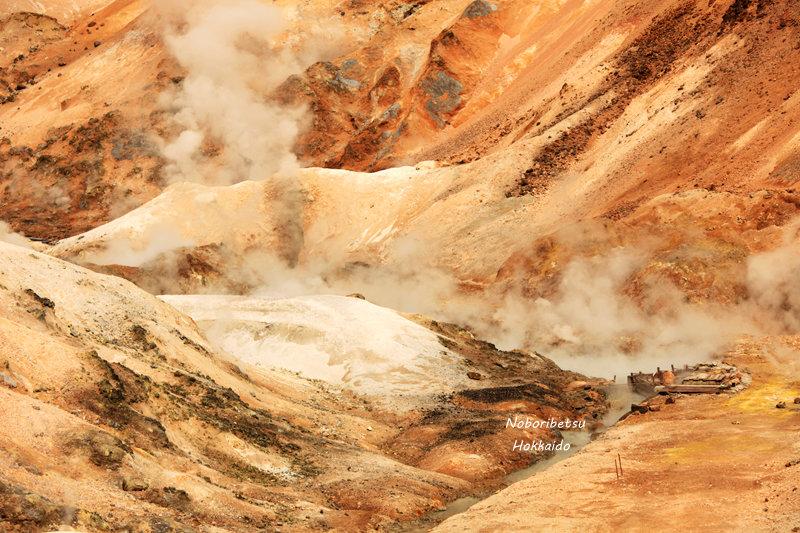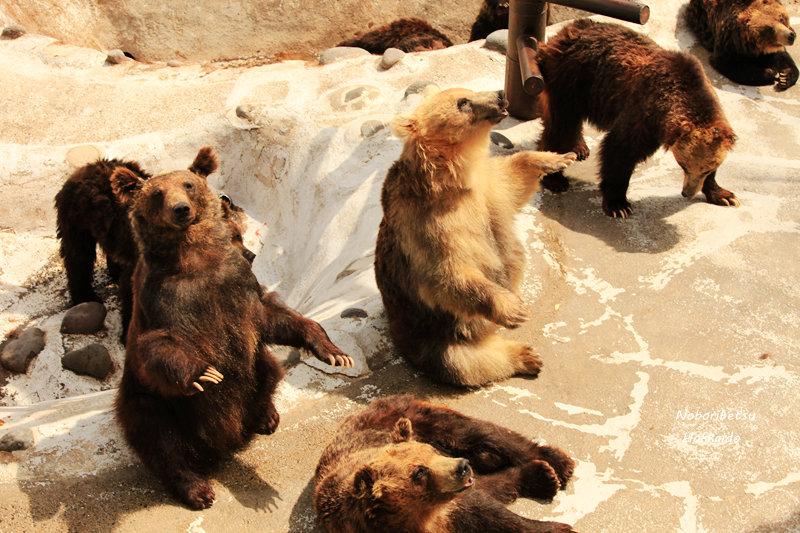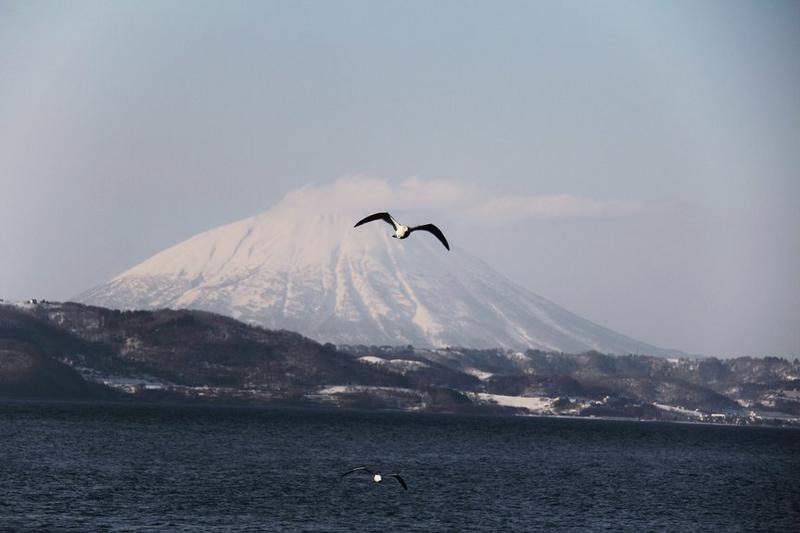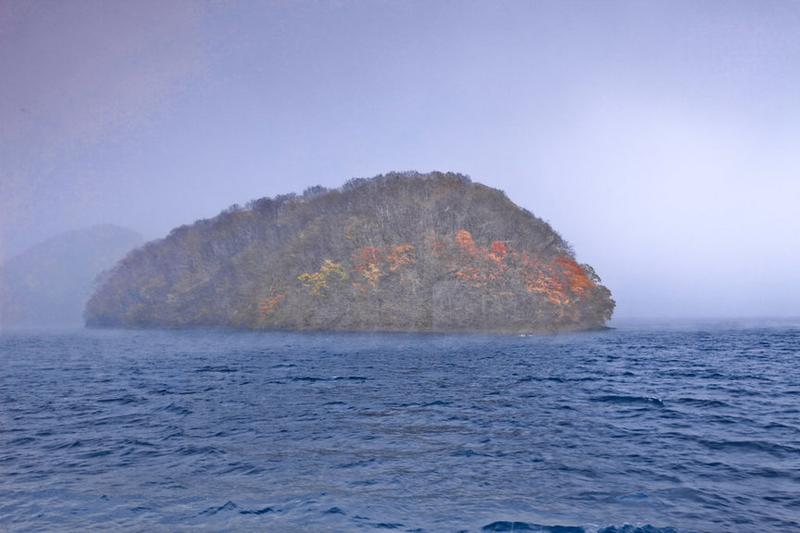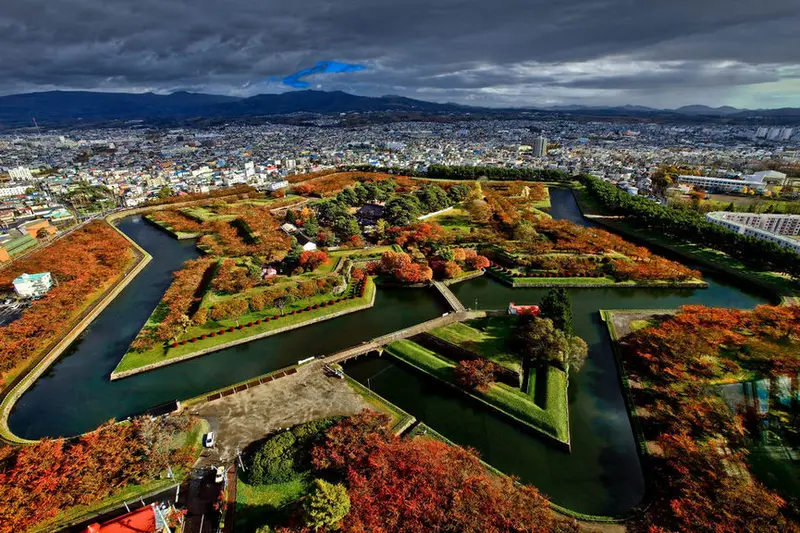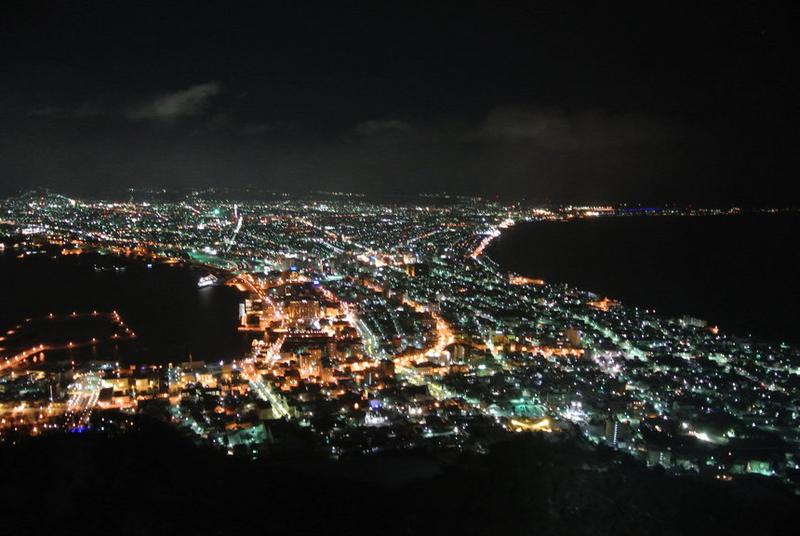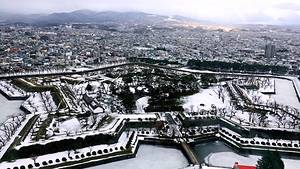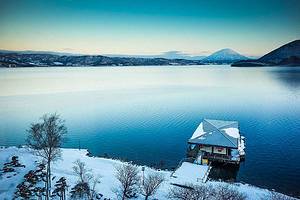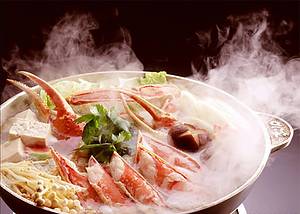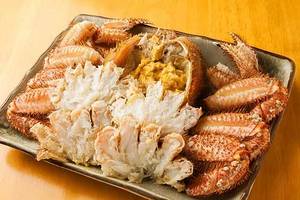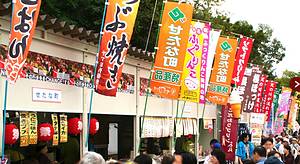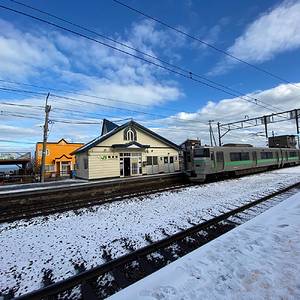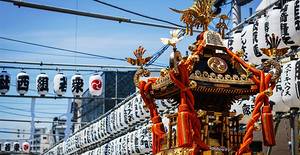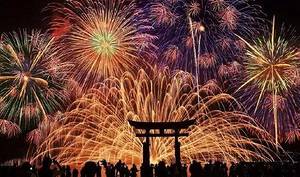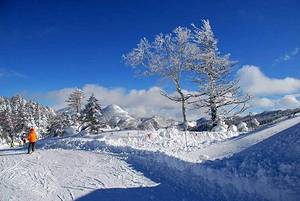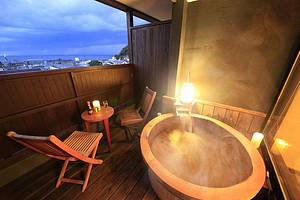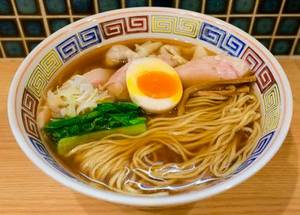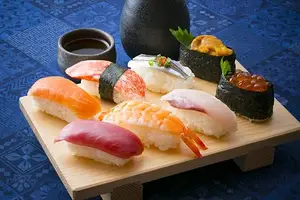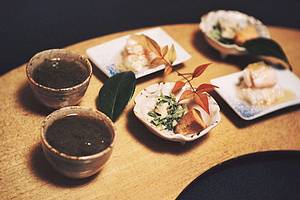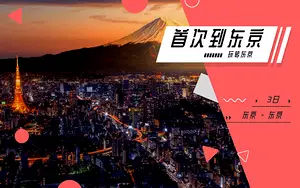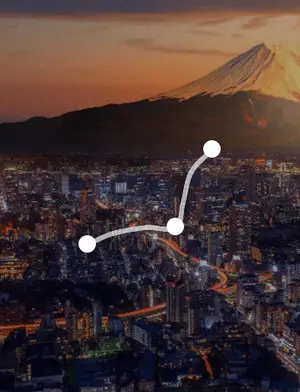Hokkaido, you can enjoy it all year round
6 cities |
21 attraction(s) |
total distance 66
km
 TIPS
TIPS
Day1
Day2
Day3
Day4
Day5
Day6
Day1: Sapporo
4 attraction(s) ·
15 km
1
Shiroi Koibito is the most famous dessert in Hokkaido. It consists of two crispy biscuits sandwiching a rich white chocolate. It can be found in gift shops all over Hokkaido.
In 1976, Echigo Seika Co., Ltd. developed Shiroi Koibito using local milk as the main ingredient. They sandwiched the white chocolate between the biscuits to create a mess-free chocolate. This is how Shiroi Koibito was born.
Inside the red brick building of the Sapporo Shiroi Koibito Chocolate Factory, you can see everything about it. The factory exterior resembles a fairytale-like English castle. As you stroll through different floors, you can witness the entire chocolate-making process on the production line, learn about the history of chocolate, and explore chocolate-related collections. You can also purchase authentic Shiroi Koibito chocolates here and enjoy the fun of making your own chocolate.
In addition to the production factory, Shiroi Koibito Park offers a rose garden, a café, and a toy collection exhibition room. It is truly a dreamy park themed around "delicious, fun, and nostalgic dessert story."
12
km
2
At the eastern end of Odori Park stands a 90.38-meter-high TV tower. Built in 1957, Sapporo TV Tower is a landmark building in Odori Park, representing the red and green colors of Sapporo. It is also the boundary point of the city's east, west, north, and south. In addition to a huge clock display, similar to Tokyo Tower and other iconic buildings, the city's beauty can be fully appreciated from a height of about 90 meters above the ground. The observation deck also has facilities such as restaurants and gift shops.
2
km
3
The Former Hokkaido Government Office Building, affectionately known as the "Red Brick House" by Sapporo residents, is a Baroque-style building with red bricks and green tiled roofs. Inside, various materials and documents about the history of Hokkaido are displayed, and visitors interested in history can enter for free. Its distinctive features include over 2.5 million red bricks, a red five-pointed star symbolizing the significance of Hokkaido's development, and a green octagonal tower in the middle of the building. The pond, flowerbeds, and ancient trees in the courtyard of the Red Brick House make it a popular place for leisurely walks among the locals.
2
km
4
Susukino Station
The Susukino Station in Chuo-ku, Sapporo City, Hokkaido, Japan is a railway station on the North-South Line and Sapporo City Electric, designated as 'N08'. The station is close to the Housui-Susukino Station on the Toho Line, but there is no free transfer between the two stations.
Day2: Otaru > Hokkaido
5 attraction(s) ·
3 km
1
If you have seen "Love Letter", then you will surely be familiar with the appearance of Funamizaka. Funamizaka is hidden in a corner of Otaru City, away from the bustling tourists. As the name suggests, Funamizaka is a "sloping road" where you can see boats. Funamizaka is the second steepest uphill in Otaru. Standing in a high place and looking towards the sea, the scenes from the movie will surely come to mind now.
2
km
2
The Otaru Canal and its surrounding sea freight warehouse relics are one of the landmarks of Otaru City and even the whole of Hokkaido. It was opened in 1923 and is the earliest canal in Hokkaido. The former Otaru Canal, which was used for loading and unloading goods, witnessed the prosperity of the "Wall Street of the North" and once faced the crisis of being filled in. In 1986, with the start of the construction of roads along the Otaru Canal, a pedestrian street and gas lamps with European retro styling were laid along the canal. Combined with the warehouse buildings made of brick and stone with a history of over 80 years, the Otaru Canal has grown into a tourist attraction in Hokkaido. Until today, it is a symbol of romance and witness to love. The core scenic area of the Otaru Canal is located at Asakusa Bridge. If you want to take a "passport photo" of the Otaru Canal, Asakusa Bridge is a coordinate point for shooting!
1
km
3
Facing the slope street across the Otaru Canal's Asakusa Bridge is the former Hokkaido Bank, which was once known as the "Wall Street of the North". Walking along the former Hokkaido Bank towards Otaru Station, you will pass by the famous "Seiko Sushi" Canal Store and Otaru Post Office. After a short walk, you will see a number of European-style historic financial buildings standing before you. Among them, the most representative one is the former Otaru branch of the Bank of Japan, designed by the modern Japanese architect Kingo Tatsuno. With its brick and stone structure and a domed attic design, the interior of the building combines a compact Japanese-style atmosphere. It is a typical example of Tatsuno's architectural style. Nowadays, it serves as the Otaru Financial Museum, mainly showcasing the financial development history of Otaru City and the development history of the Bank of Japan in Hokkaido, witnessing the rise and fall of the "Wall Street of the North". The street is filled with financial institutions, including the former Mitsui Bank Otaru branch and the former Hokkaido Development Bank Otaru branch.
1
km
4
The Otaru Canal is a western-style building located in the Otaru City area of Hokkaido. It is a designated important historical building by the Japanese government. The architectural style is typically elegant and retro European. Inside the building, the wooden structure design and the glass chandeliers on the roof reflect a beautiful palace atmosphere. The first floor is a shop selling various delicate glass art pieces, suitable for gifting or personal collection. Next to the shop, there is a vintage café with a European atmosphere where you can rest if you're tired.
1
km
5
Day3: Noboribetsu > Hokkaido
3 attraction(s) ·
13 km
1
Located within the Noboribetsu Onsen Area, the Jigokudani is a volcanic valley characterized by volcanic gases and different types of hot springs. The valley was formed by a violent volcanic eruption, resulting in a boiling landscape. There are several walking paths around the Jigokudani, offering contrasting views of the devastated valley on one side and vibrant autumn foliage on the other. Deep within the valley lies the Oyunuma Pond, which can be reached by walking along the paths for about 10 minutes. The pond features footbaths where visitors can relax and soothe their feet after a long walk.
7
km
2
The "Kung Fu Panda" series of products, which were popular in Hokkaido, originated here. In the past, brown bears were revered as animal deities by the Ainu people and are the largest wild animals in Hokkaido.
The Bear Ranch in Noboribetsu is located on Bear Mountain in the town of Noboribetsu. It is necessary to take a cable car from the cable car station in the hot spring street to reach the ranch. The ranch is divided into the first ranch, the second ranch, and the bear cub ranch. Bear feed is sold in the park, and like the Showa Shinzan Bear Ranch on Lake Toya, you can feed the bears. There is a museum in the park, and more than 500 exhibits are displayed. The top floor of the Bear Ranch Museum building is an open-air scenic observation deck where you can see the beautiful Lake Kuttara, which is worth visiting. The first floor of the building is the Bear Ranch restaurant, which sells meals such as ramen and Genghis Khan grilled meat. The self-service ordering machine supports a Chinese interface.
7
km
3
This town is a place that warms the body and mind. Noboribetsu Onsen, Jigokudani, Lake Oyunuma, Noboribetsu Bear Park, and the Marine Park are all here.
Day4: Hokkaido > lake toya
3 attraction(s) ·
20 km
2
Best spot for panoramic photography of Lake Toya, where you can see Nakajima Island, Mt. Yotei, Mt. Showa Shinzan, Mt. Usu, and all the other natural landscapes around Lake Toya. Provides dining options and souvenir sales.
8
km
3
The island is home to hundreds of sika deer, and you can take a boat to enjoy the view. If you're lucky, you might see a herd of deer coming to the lake to drink water.
Day5: Hakodate
4 attraction(s) ·
12 km
1
Goryokaku is a star-shaped fortress. It was built in 1857 and is Japan's first Western-style fort. It has a history of over 150 years and is one of the few Western-style castle fortresses in Japan. It is also the site of the final battle of the Meiji Restoration (the Battle of Hakodate). The Goryokaku Tower next to the park offers a panoramic view of the entire fortress, clearly showing its pentagonal star shape. Goryokaku is known for its cherry blossoms in spring, lush greenery in summer, fiery red leaves in autumn, and snowy landscapes in winter.
6
km
2
More than 150 years ago, when Hakodate first opened its port, the Motomachi area flourished along with the city. Various Western-style buildings were constructed in Motomachi, including churches, consulates, and government offices. Some of the notable buildings include the Old Hakodate Ward Public Hall, Hakodate Orthodox Church, Motomachi Catholic Church, Hakodate St. John's Church, British Consulate, and the former branch of the Hokkaido Government in Motomachi Park. The area is known for its historical charm. Additionally, due to the hilly terrain, the streets in Motomachi are built along slopes, with Yanagisaka Slope being the most famous. This slope extends to the seaside and is lined with trees and European-style old buildings. The view includes Hakodate Port and white ships anchored at sea, making it one of the most romantic sights in Hakodate. Along the way from the Old Hakodate Ward Public Hall to Yanagisaka and the cluster of churches, there is a small road called "Kohoku-dori" where many ice cream shops are located, offering various delicious ice creams made from Hokkaido dairy products.
1
km
3
Former British consulate, also known as the Open Port Memorial Museum, was built in 1859 and has been the location of the British consulate since the opening of the port. The museum exhibits historical materials and artifacts related to the opening of Hakodate, and also has a boutique selling goods from the UK. In addition, visitors can enjoy unique British afternoon tea at the café.
6
km
4
Hakodate's night view, known as one of the three major night views in the world and a three-star Michelin night view, is a must-see cityscape when visiting Hakodate. The beauty of Hakodate's night view lies in the two curved coastlines on both sides of the city, a rare sight in the world. The way to reach the top of Mount Hakodate is by cable car, which takes only 3 minutes.
Day6: Sapporo
2 attraction(s) ·
5 km
1
Hokkaido University has a large campus that combines history and nature. The campus has preserved buildings from the Meiji period, as well as green spaces, streams, forests, and farms. Symbols of Hokkaido University include a half-body statue of Dr. Clark, the historic Koganei Lecture Hall, a comprehensive museum with extinct animal skeletons from millions of years ago, a ginkgo tree avenue with over 70 tall ginkgo trees, and the remains of the second farm used during the Sapporo Agricultural School era. These attractions showcase the rich characteristics of Hokkaido to visitors.
5
km
2
The relationship between shrines, temples, and the lives of Japanese people is very close. Every year on January 1st, there is a tradition of "Hatsumode" (the first shrine visit of the new year) in Japan, praying for a safe and smooth year. In addition, people also visit shrines to pray for safe travels, successful studies, and good relationships. At Hokkaido Shrine, four deities are enshrined: Ookuninushi no Kami, Oonamuchi no Kami, Sukunahikona no Kami, and Emperor Meiji. For visitors, going to the shrine is more about experiencing the atmosphere, and if interested, they can buy amulets (omamori) to give to their loved ones.



